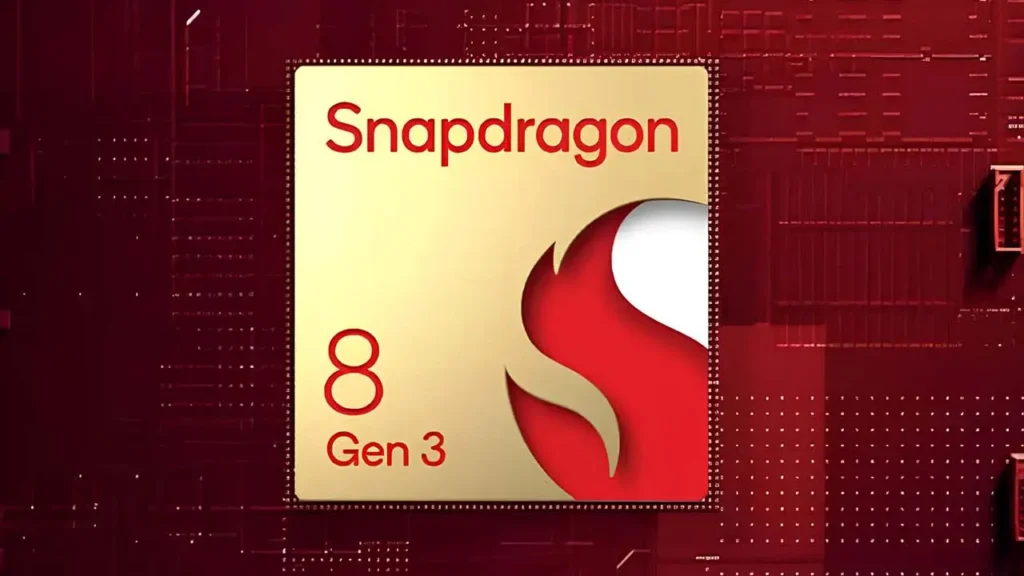The competition among smartphone chipsets continues to heat up in 2025, especially with the latest lineup from Qualcomm. The arrival of the Snapdragon 8s Gen 4 has caught the attention of enthusiasts, especially when compared to the Snapdragon 8s Gen 3 and the high-end Snapdragon 8 Gen 4 Elite. But how do they compare? Let’s break down Antutu scores, specs, and the future of Snapdragon-powered phones.

Snapdragon 8s Gen 4 Overview
The Snapdragon 8s Gen 4 is Qualcomm’s latest addition to its premium mid-range lineup, offering many features of the flagship Snapdragon 8 Gen 4 but at a more affordable price point. It’s based on 4nm architecture, integrates high-performance Cortex-X cores, and supports LPDDR5X RAM and UFS 4.0 storage. Designed for performance and efficiency, this processor aims to bring flagship-level experiences to upper mid-range smartphones.
Snapdragon 8s Gen 3 Antutu Score
Before diving into the Gen 4 performance, let’s see how the Snapdragon 8s Gen 3 performed.
- Snapdragon 8s Gen 3 Antutu Score: ~950,000 to 1,020,000
This score put the Gen 3 on par with older Snapdragon 8 Gen 1 processors, offering excellent gaming and multitasking capabilities.
SD 8s Gen 4 Antutu Score
The Snapdragon 8s Gen 4 Antutu score has seen a major jump according to early benchmarks:
- SD 8s Gen 4 Antutu Score: ~1,300,000+
This performance leap reflects improvements in both CPU and GPU segments, thanks to upgraded AI cores and energy-efficient transistors.
Compared to Gen 3, that’s a performance gain of nearly 30%, bringing it closer to last year’s flagship-level results.
Snapdragon 8s Gen 4 vs Snapdragon 8 Gen 4 Elite
Here’s where things get interesting. While Snapdragon 8s Gen 4 impresses, the Snapdragon 8 Gen 4 Elite remains in a class of its own:
| Feature | 8s Gen 4 | 8 Gen 4 Elite |
|---|---|---|
| Antutu Score | ~1.3 million | ~2 million+ |
| AI Performance | Advanced | Ultra AI Engine |
| GPU | Adreno 735 | Adreno 760 Elite |
| RAM Support | LPDDR5X | LPDDR6 (rumored) |
| Fabrication Node | 4nm TSMC | 3nm TSMC (Elite) |
🔎 Verdict: 8s Gen 4 is built for value-driven power users. Elite is for pure flagship powerhouses and early adopters who want the bleeding edge of mobile computing.

Snapdragon 8s Gen 4 Phones to Watch in 2025
Many brands are already lining up smartphones powered by the Snapdragon 8s Gen 4, aiming to deliver high-end performance at a mid-premium price tag. Some expected models include:
- Xiaomi 15 Lite / Civi 4
- Realme GT Neo 6
- iQOO Z10 Series
- Motorola Edge 50 Fusion
- Nothing Phone 3 (speculative)
These smartphones are expected to launch starting Q3 2025, offering 5G connectivity, WiFi 7, and AI-powered imaging enhancements.
8s Gen 4 vs 8 Elite – Which One Should You Choose?
Choose Snapdragon 8s Gen 4 if:
- You want powerful performance under ₹40,000 or $500.
- You’re a gamer or multitasker but not a hardcore tech enthusiast.
- You want better battery life with optimized efficiency.
Choose Snapdragon 8 Gen 4 Elite if:
- You want the most powerful Android chip in 2025.
- You’re investing in flagship phones with the best cameras, displays, and AI.
- Budget is not a concern and you want future-proofing for 2–3 years.
Latest Snapdragon Processor: Evolution in 2025
The latest Snapdragon processor, including Snapdragon 8s Gen 4 and 8 Gen 4 Elite, are a result of Qualcomm’s focus on AI computing, on-device machine learning, and sustainable performance. Key innovations in this generation include:
- Support for Generative AI on-device
- Improved thermal efficiency
- Native support for Android 15’s AI features
- Better ISP (Image Signal Processing) for night and portrait shots

Final Thoughts
The Snapdragon 8s Gen 4 is a breakthrough for mid-premium smartphones, narrowing the performance gap with elite chipsets. Its Antutu score and AI enhancements make it an ideal choice for modern users. However, if you want the absolute best, the Snapdragon 8 Gen 4 Elite still reigns supreme.
Stay tuned as Snapdragon 8s Gen 4 phones start hitting the market — bringing flagship power to the masses in 2025.







